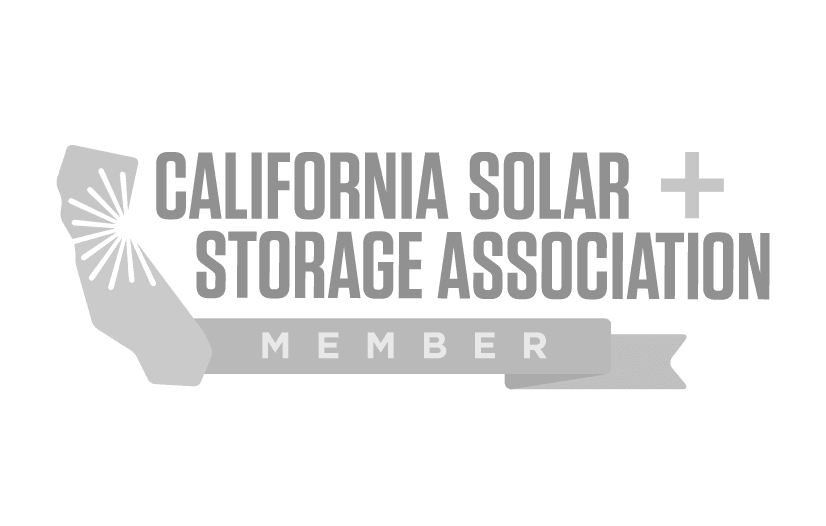An Upcoming Proposed Decision on NEM 3.0 by the CPUC
After the November 8 elections, a fresh suggested decision on NEM will be submitted to the CPUC. Utilities claim that the Inflation Reduction Act of 2022, which provides financial incentives for the use of sustainable energy, means that equitable net metering prices are unnecessary. Those that are aware of the benefits of rooftop solar, however, are not buying it.
Exactly what sparked the NEM 3.0 demonstrations

The CPUC released a first proposed ruling in December 2021 that would have reduced incentives for rooftop solar users by adding additional grid-use costs and switching to a net billing system. Alice Reynolds, the new head of the commission, requested further time in February 2022 to review the evidence and consider changes to the intended ruling on NEM 3.0 after hearing complaints from solar energy advocates. In May of 2022, the public was given the opportunity to provide feedback on the proposed solar fee increases, and CALSSA responded with demonstrations.
Justifications for going that route
Those who are interested in solar energy, those who work in the green economy, those who care about affordable housing, those who are concerned about climate change, and those who are in favor of clean energy are all waiting with bated breath for the CPUC’s planned decision. It’s about time that investor-owned utilities stopped proposing foolish ideas like a solar tax and slashing net metering rebates. Now is not the time to put the brakes on California’s progress by making solar costly, what with rooftop solar’s important role in achieving sustainable energy objectives, and the potential of adopting solar. Instead, we must maintain our forward momentum in the quest to make rooftop solar and energy storage more accessible and cheap to the general public.
The journey to change net metering in California has not been smooth
According to federal law, the CPUC must review the compensation model for rooftop solar users that feed excess energy back into the grid. Net Metering 3.0 refers to the third generation of state-level reforms for net energy metering.
All customers of PG&E, SCE, and SDG&E will be impacted by the changes. Solar activists, Governor Gavin Newsom, and the two Hulks were among the first to respond negatively to the CPUC’s NEM 3.0 plan when it was released in December.
A consensus-based idea
When it was first revealed in December of 2017, NEM 3.0 California surprised climate campaigners by proposing modifications to the state’s regulations on household solar systems. NEM 3.0 proposes a “grid participation tax” of $8 per kilowatt-hour of installed solar power from customers.
For those wondering when will NEM 3.0 go into effect, a solar customer’s monthly bill may increase by $50 to $80, according to Tesla’s calculations, if a $8/kWh tax is applied. The amount of money solar-powered households are paid to feed excess energy back into the grid will be drastically reduced under NEM 3.0. This was sold by proponents of NEM 3.0 as a solution to relieve low-income households of the responsibility of grid upkeep.
Is it fair to all?
Proponents of NEM 3.0 said that the state of California’s current solar policies unfairly benefit the rich while penalizing the poor. This “rich vs. poor” dichotomy has been aggressively promoted by groups like Affordable Energy for All, whose coalition members include utilities like Pacific Gas & Electric, Southern California Edison, and San Diego Gas & Electric.
The CPUC’s plan, which was 204 pages long and cited a Verdant Associates Lookback Study, was the same. It claimed that California’s current system, known as NEM 2.0, was unfair to low-income consumers who weren’t a part of the net energy metering tariff program, wasn’t cost-effective, and had a detrimental impact on non-participant ratepayers.

Authored by Ryan Douglas
NRG Clean Power's resident writer and solar enthusiast, Ryan Douglas covers all things related to the clean energy industry.


